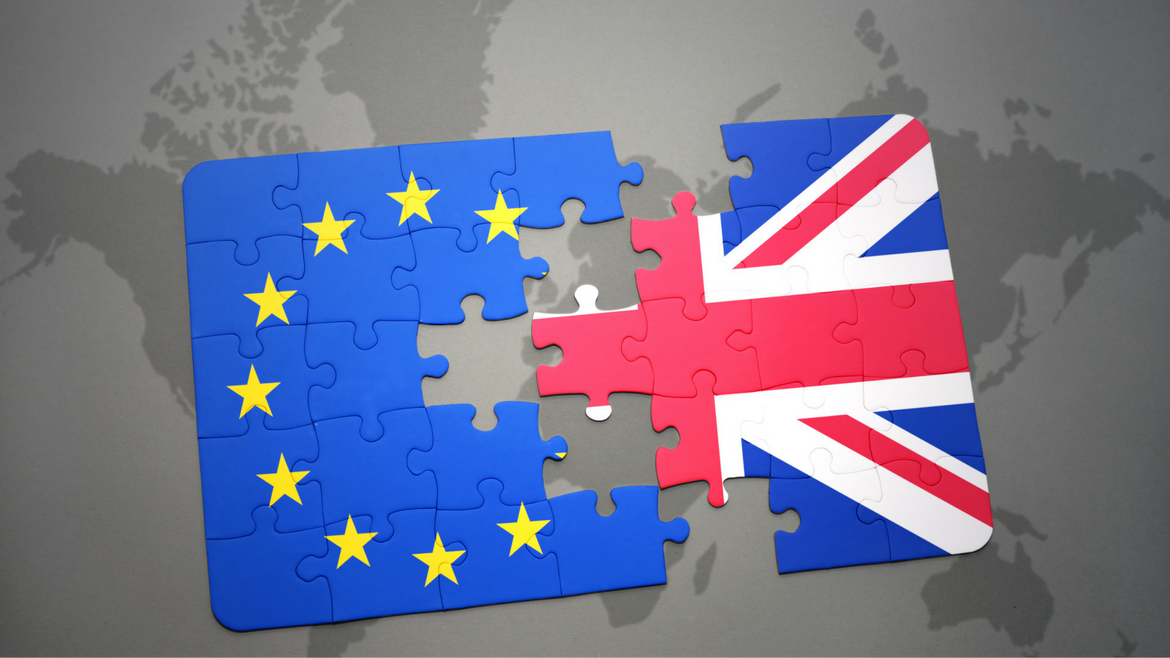No one doubts the complexity of the Brexit trade negotiations, but for e-commerce, the very nature of the sector may help it to escape some of the burdensome red tape that other industries are already anticipating.
E-commerce consumers are focused on choice, value for money and convenience - the ability to receive their goods, and return them if necessary, at a time and place that suits them. Many are unaware if a retailer is based overseas or not since they can generally benefit from rapid deliveries from one end of Europe to another. It is of no surprise that of the 1.6bn e-commerce parcels delivered annually in the UK, 16% (over 270m parcels worth over £16bn) are exported, with over half being delivered to addresses within the EU. The commitment of e-commerce retailers to cross-border trade, and the systems the retailers have already implemented with non-EU countries, has boosted growth in the sector exponentially. Therefore it is essential that future trade agreements protect consumer’s rights to continue purchasing online with the same freedoms and expectations.
All roads ahead
The UK currently benefits from freedom of movement of goods within the EU , effectively making the EU one big ‘domestic’ market and from EU trade agreements . Post Brexit there are a number of possible scenarios ahead, each one involving different levels of complexity and costs. All alternatives will require the UK to treat the countries of the EU as a whole, with the most likely outcomes falling within the structure of existing trade agreement frameworks, of which there are a number. What these various scenarios present is the difference between minimal invoicing, customs declarations and duty payments as an EU member, to an increasing scale of duty, invoices, clearance documents and VAT, depending on the route the UK decides to take.
The breakdown
The first of these is The European Economic Area (EEA), often referred to as ‘the Norway option’, which is open to members of the EU and the European Free (EFTA) Trade Association. Membership depends on the adoption of EU regulations including free movement of labour and directives pertinent to e-commerce including returns processing and data. Members also have to make a substantial contribution to EU funds. The UK is a member of the EEA and could maintain this membership if they were to join EFTA, but may be reluctant to accept terms relating to free movement of labour.
The European Customs Union, or “Turkey option”, allows other countries to enjoy the benefits of the single market. External tariffs common to all members of the customs union are imposed on trade with countries that are not part of the customs union. In exchange for access to the internal market the member has no influence in negotiating trade deals, may not be guaranteed access to external markets and coverage across all products is not complete. The UK could theoretically ask for a similar arrangement, but the UK would effectively be handing over all international trade negotiations to the EU.
Free trade agreements are another route, and the UK make these bi-laterally or multi-laterally to reduce trade barriers and increase trade with other countries. Where EU member states are concerned, the arrangement would have to be with the EU as a whole. This would involve some reciprocal compliance to EU regulations and commerce being imported into the EU would be treated as ‘international’, not ‘domestic’, adding complexity to duty, tax, paperwork and other administrative requirements. It is also possible that rules of origin requirements would be included which could affect the import of goods from, for example, China for resale into the EU.
What happens now
If the UK does not negotiate any of the above options then the default position is to be governed by the EU’s existing external tariff, as under ‘most favoured nation’ rules countries cannot discriminate in trade terms between members of the World Trade Organisation (of which the UK is one). The UK would not have to agree common standards and regulations with the EU and could negotiate individual trade agreements with countries outside of the EU. This would necessarily add complexity to the current situation.
However, there may be possible solutions that reduce the complexity and scope of the change. One option is to increase the ‘de minimis’ level. This is a valuation ceiling for goods including documents and trade samples, below which no duty or tax is charged and clearance procedures are minimal. The setting of the de minimis is independent from the need to clear customs, although customs declarations are generally streamlined. The de-minimis for imported goods into the UK is currently relatively low (€22), (it is $800 in the US). If this could be raised in the UK and the EU, then this would provide significant relief and remove future complexity for crossborder e-commerce between the UK and the EU.
The e-commerce sector has the advantage of extensive experience of selling beyond the EU. It is accustomed to dealing with the complexities of international trade and devising solutions that simplify exports and imports. It must be rememberedthat the UK is an important trading partner for EU countries, and the likelihood is that conditions will be created to promote, rather than hinder trade. E-commerce software platforms exist to remove the points of friction in the more complex cross border environments and to automate seamless services.
Until a clearer picture forms, the e-commerce sector must be braced for lengthy negotitations and challenges ahead.




